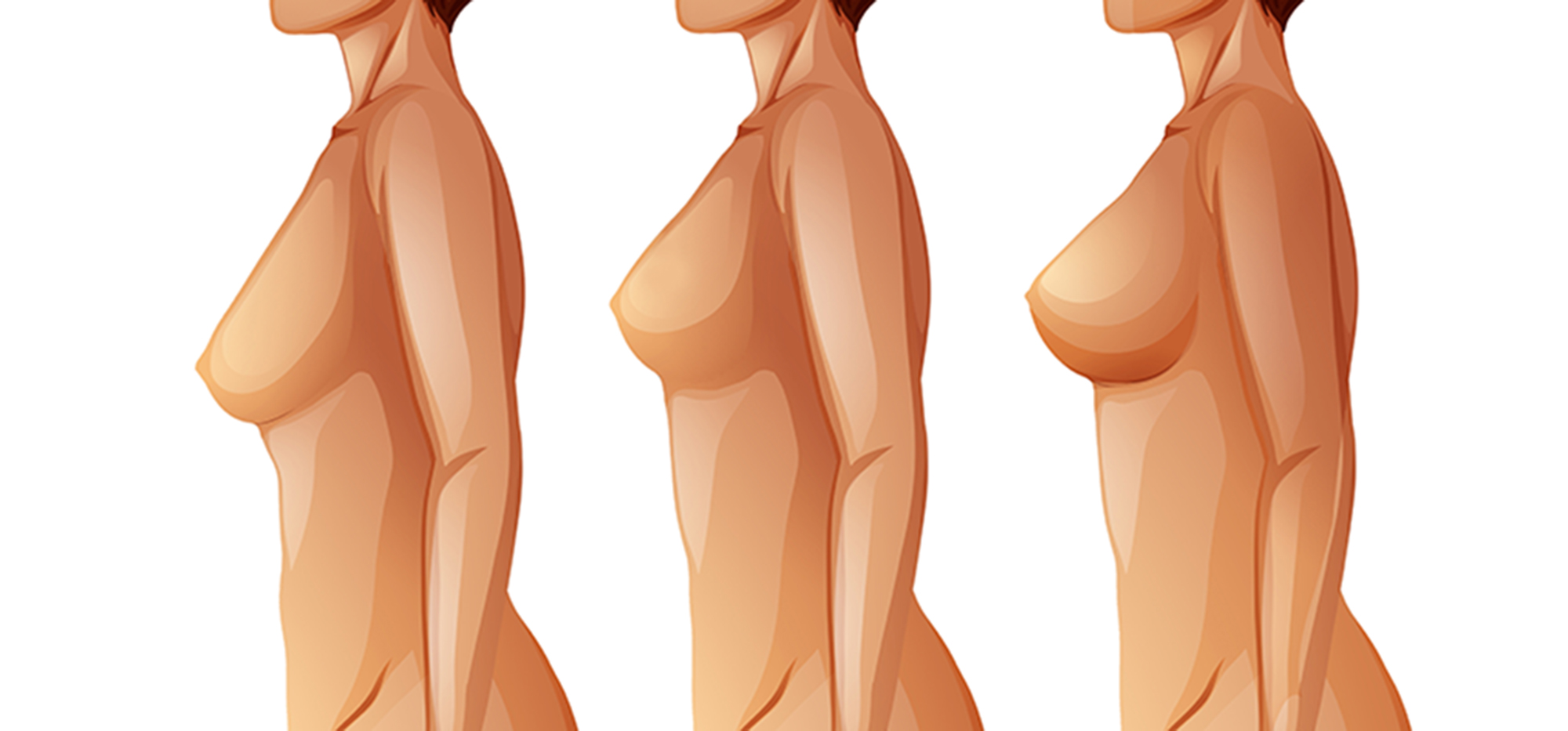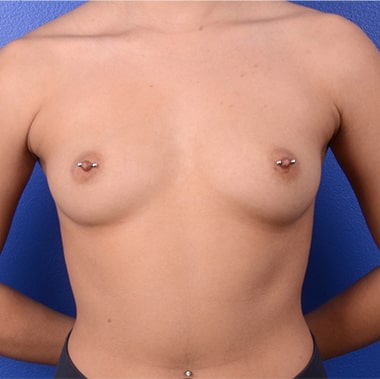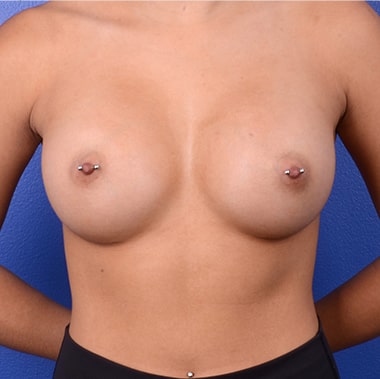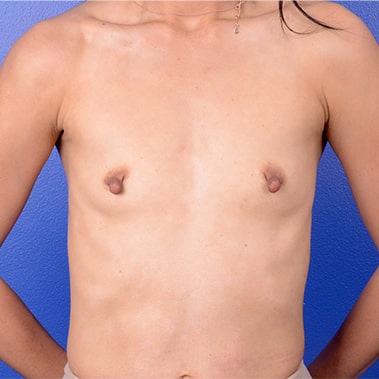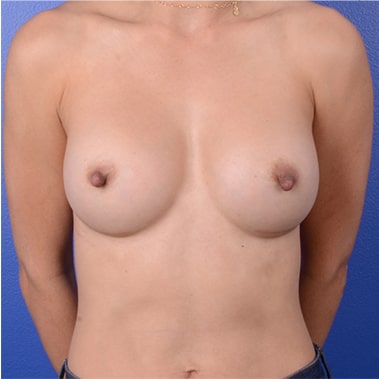Breast augmentation is a great plastic surgery procedure to enhance a woman’s breasts’ size and shape. Although an implant is placed at the time of surgery, whether round or teardrop-shaped, the skin and muscle must stretch to accommodate the underlying implant volume. This is what many women online called the breast implant drop and fluff process. In essence, it is the body’s process, accommodating the new implant and getting used to the new breast volume.
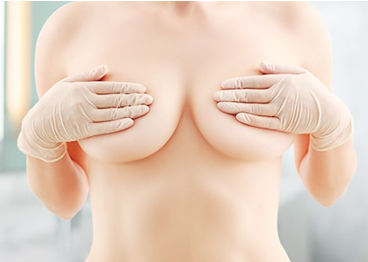
Interested in Breast Augmentation w/ Dr. Marin?
Dr. Marin has performed hundreds of successful breast augmentation surgery to patients in La Jolla and San Diego who want to enhance the size of their breasts.
Learn more about our service at
Breast Augmentation in San Diego
The Tissue Accommodation
Accommodating breast implant volume occurs at the cellular level. The body is uniquely capable of adapting to tissue changes underneath the skin. This is most readily seen during pregnancy with the expansion of a woman’s abdominal skin.
We also see the tissues accommodate after:
- The surgical placement of a tissue expander for reconstructive surgeries
- Muscle growth from working out
- Weight gain where there is hypertrophy or growth of the underlying fatty tissue
These natural processes take time, and thus most patients do not appreciate the eventual skin stretch and accommodation. This slower growth rate is in contradistinction to breast augmentation, where all of the breast growth happens immediately at the time of surgery.
The Breast Implant Settling Process
After the implant placement, the implant’s force on the overlying tissues sends a signal to the body to realign collagen and muscle fibers to help reduce tension. The muscle and skin’s initial tightness usually results in the implant sitting high and often with a somewhat square shape. This is due to the lack of adequate skin available and muscle length to stretch over the new implant’s curvature.
Frequently, the breast’s initial appearance actually looks smaller as the skin and muscle exert a compressive force on the implant. Effectively, blunting its appearance and sometimes being a source of concern to patients as they feel their implants are too small.
The accommodation process takes time as new collagen must be built and remodeled according to the underlying forces. In most instances, this usually occurs between 3 and 6 months from surgery. Although the process begins to happen immediately, the implants’ final position is likely not to be seen until many months after the procedure.
Depending on your anatomy, sometimes doctors will suggest certain treatments to help facilitate this process. The vast majority of plastic surgeons recommend some form of breast massage after surgery. This helps stretch the breast tissue even more and facilitates the skin’s relaxation at a faster rate.
Doctors may also employ a breast strap on the upper part of the breasts to help push the implants to their proper position. This is not used in all patients and can be based on the implant or the patient’s pre-operative anatomy. This is individualized by each surgeon and something you may or may not be asked to do.
Implants of a larger volume or higher profile can take longer to drop and fluff due to the greater need for tissue stretch. This is fairly evident as it makes sense that a larger implant will require more tissue accommodation.
Exceptions to the Process
Patients who have previously undergone breast augmentation surgery and are changing sizes may experience less of the dropping and fluffing period. The reason for this is that the first procedure has already stretched the natural breast tissues. Also, patients who have their implants placed above the pectoral muscle (subglandular) do not need the muscle to stretch and see this process occur more rapidly.
Finally, patients who have breastfed children often have excess skin due to the tissue’s last stretch during pregnancy. These patients frequently need a lift or tightening of the skin, but some only need an implant to fill the lost volume. However, these patients can take just as long to drop and fluff if the implants are placed beneath the pectoralis muscle (submuscular) since it has never been stretched.
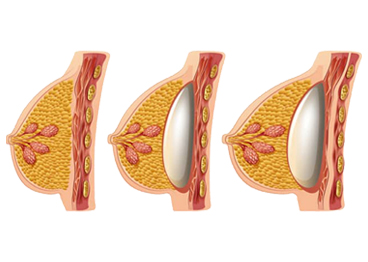
Pros and Cons of Breast Implant Placement
There are three different locations implants are placed during a breast augmentation surgery. In this article, Dr. Marin detailed how these placements differ with one another, and which one is best for you.
Read the article here
During the recovery process, there is often a temporary imbalance between the breast skin and the chest muscle as one has been previously stretched and not the other. This, again, can create some concern from the patient as the breasts do not look ideal until the muscle has sufficiently accommodated the underlying implant. We often see this process taking 3 to 4 months as well to see the final results.
Request Your Consultation
To learn more about your breast augmentation options and the drop and fluff process, you can schedule an appointment online, or you can call 858-638-9800
*The content in this blog is developed to spread the awareness towards plastic surgery. Our blog is not intended to serve as a replacement for an actual in-office consultation with Dr. Marin. As such, the information within this blog reflects the unique cases of our individual patients.
